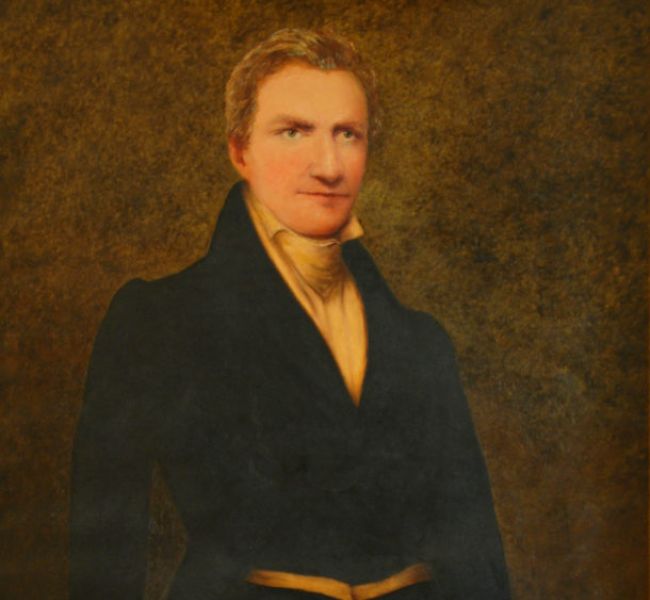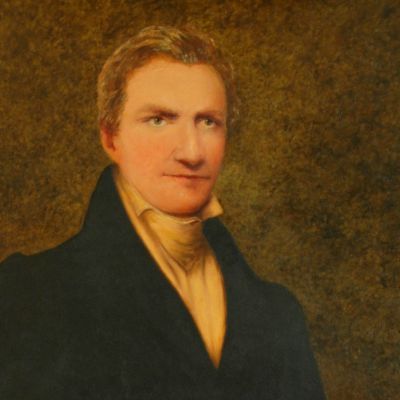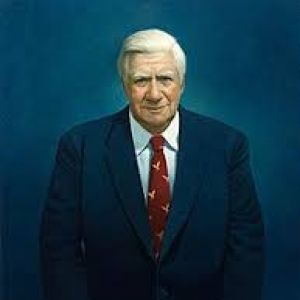Who is Matthew Lyons?
Matthew Lyons was a well-known politician and soldier in the United States. Matthew Lyons was both a farmer and a printer. He was a member of the United States House of Representatives from both Vermont and Kentucky.
Matthew Lyons – Birth, Parents, Siblings & Education
Matthew Lyons was born on July 14, 1749, in County Wicklow, Ireland.
Lyon’s father was killed for treason against Ireland’s British government.
After moving to Connecticut and Woodbury in 1764, he learned to print and worked as a farmer and trader.
Mattew’s educational background, as well as the names of the schools and universities he attended, are unknown.
Death
He died on August 1, 1822, in Spadra Bluff, Arkansas, at the age of 73.
Net Worth of Matthew Lyons? Salary, Earning
Matthew Lyons’s net worth is believed to be more than $2.5 million as of 2022, while his salary is unknown.
Facts of Matthew Lyons
| Age: | 73 years |
|---|---|
| Birth Date: | July 14, 1749 |
| Full Name: | Matthew Lyons |
| Net Worth: | $2.5 million |
| Profession | Politician and Soldier |
Relationship, Married life, Boyfriend/Girlfriend
Matthew Lyons had two marriages. Mary Horsford was his first wife, whom he married in 1772.
She was the daughter of Samuel Horsford and Mary Grant and had previously been married to Daniel Allen, Ethan Allen’s uncle, until his death in 1772. She passed away in 1782.
In 1784, Lyon married Beulah M. Chittenden, the daughter of Thomas Chittenden.
In 1776, they also had a son named James.
However, because of his ties to his father and James Thomson Callender, he was charged by the federal government in 1824 for breaching the Sedition Act.
He was thought to have fled to avoid capture.
Chittenden Lyon (1787-1842) was a member of the United States House of Representatives from Kentucky (1827-1835).
Confederate General Hylan B. Lyon of Lyon County, Kentucky was the son of Matthew Lyon (1792-1839).
His daughters, Anne and Pamelia, married Illinois pioneers and legislators John Messinger and George Cadwell, respectively.
Body Measurement- Height, Weight, Hair Color
Matthew Lyons – Professional Career
Lyon knew many of the people who became Vermont’s first white settlers while living in Connecticut.
Lyon went to Wallingford, Vermont, in 1774, where he farmed and founded a militia unit.
In 1775, he was a military officer in Colonel Seth Warner’s regiment in Canada.
In July 1776, he was commissioned as a second commissioned officer in the regiment of the Green Mountain Boys. In 1777, he relocated to Arlington, Vermont.
By working hard and saving enough money, he was able to pay off the remaining of his indenture and become a free man in 1768.
Lyon was a member of the Vermont House of Representatives from Arlington from 1779 to 1783.
He established Fair Haven, Vermont in 1783 and served in the state House of Representatives from 1783 until 1796, where his political career began.
Lyon also ran mills at Fair Haven, including a gristmill, a sawmill, and a paper mill, as well as an iron foundry.
Though his son James was the official owner, Matthew Lyon managed the paper’s operations and contributed much of its content.
The name of the publication was then changed to the Fair Haven Gazette.
It was published until Lyon’s works were sold.
Lyon sold the printing press and other Gazette equipment to Reverend Samuel Williams and Judge Samuel Williams of Rutland in 1794, who used it to establish the Rutland Herald.
Lyon enters politics and runs unsuccessfully for office in the Second and Third Congresses.
He was defeated, but he contested Israel Smith’s election to the Fourth Congress.
Lyon was eventually elected to the Fifth and Sixth Congresses as a Democratic-Republican (March 4, 1797 – March 3, 1801).
In 1800, he declined to run for re-election.
On January 30, 1798, Griswold was attempting to entice Lyon and create an issue.
Lyon, on the other hand, seemed uninterested in him and was ignoring him.
Griswold was also a member of the opposing political party.
Griswold became enraged and attacked Lyon during the hour of profanity by referring to Lyon as a scoundrel.
And Griswold and Lyon are terrified of each other for the sake of the commanding officer.
Lyon spat tobacco juice on Griswold while battling violently, earning the nickname “The Spitting Lyon” for him.
Lyon later apologized to the House for confronting Griswold while it was in session.
He stated that it was not disrespectful to the body and issued a written letter of apologies.
Griswold, on the other hand, was unsatisfied with the apology.

So, on February 15, 1798, Griswold re-attacked Lyon with a wooden cane, hitting him to the head and shoulders in front of other House members.
Lyon defended himself with the tongs until other Congressmen intervened, with many grabbing Griswold by the legs and yanking him away from Lyon.
The committee investigates the incident and recommends that Lyon and Griswold be censured.
The matter was settled when Lyon and Griswold both pledged to the House that they would keep the peace and be decent citizens.
Because of a deadlock in electoral votes between Thomas Jefferson and Aaron Burr, who were meant to be the Democratic-Republican candidates for president and vice president, the vote in the 1800 election went to the House of Representatives.
Many Federalists thought Burr would be a better president than Jefferson.
Lyon arrived in Kentucky around 180 and settled in Eddyville, Livingston County.
He was elected to the 8th United States Congress and three consecutive Congresses after becoming a member of the Kentucky House of Representatives in 1802.
Matthew Lyons – Social Media Status
We were unable to trace Matthew on any social media platform.
Also Read: George Natembeya, Richard Lugar, Ross Perot, Maxine Waters
Quick Facts of Matthew Lyons
- Matthew was well-known as an American politician and soldier.
- He served as a United States Representative from both Vermont and Kentucky.
- Matthew was married twice.
- In 1824, he was indicted by the federal government for violating the Sedition Act, since he was connected with his father and with James Thomson Callender.
- Matthew was born on July 14, 1749, in County Wicklow, Ireland.


